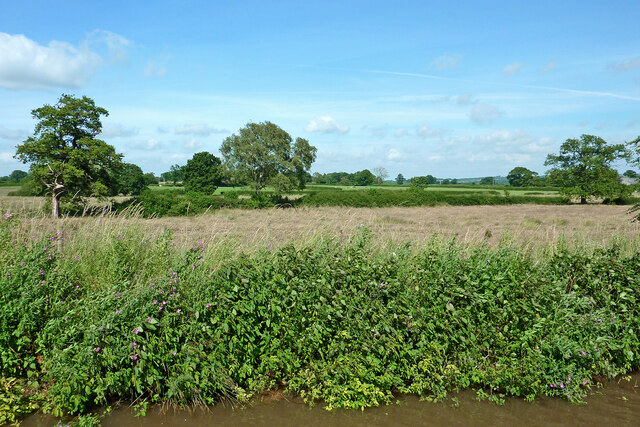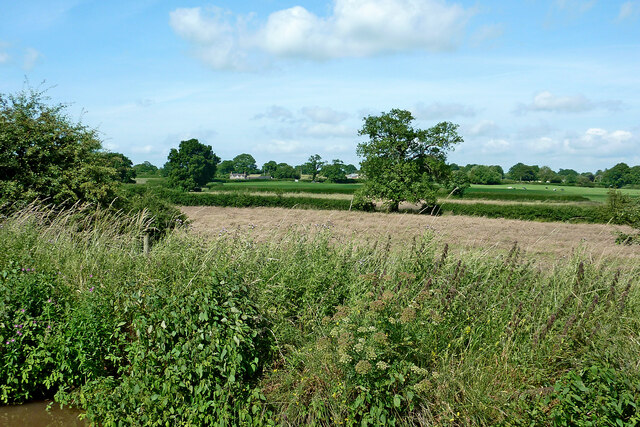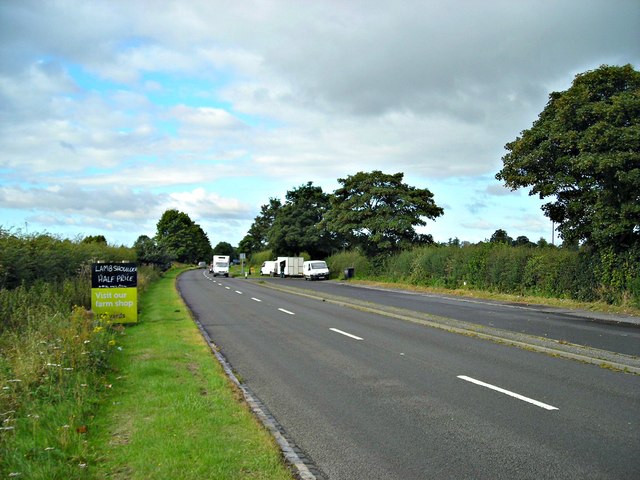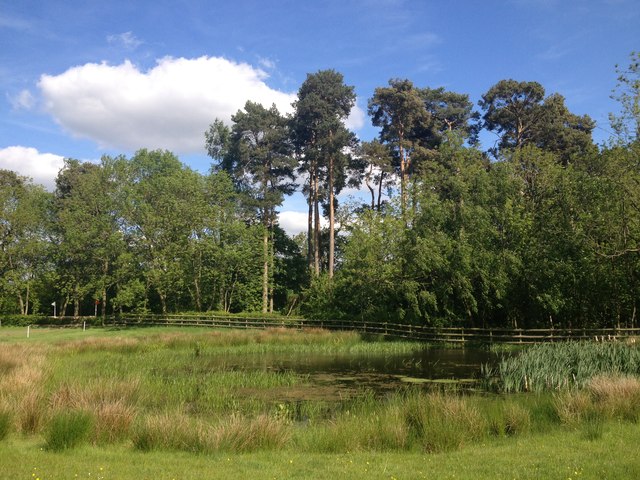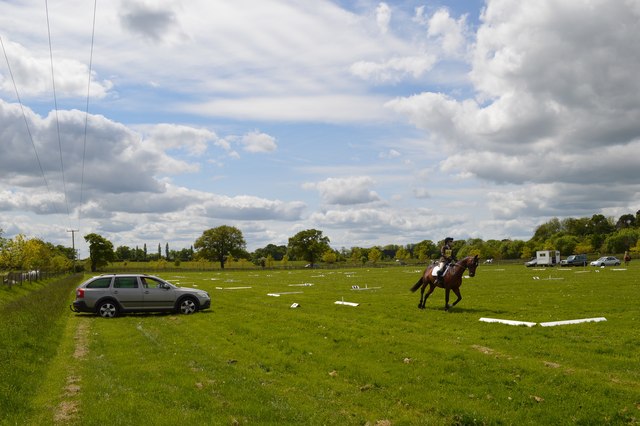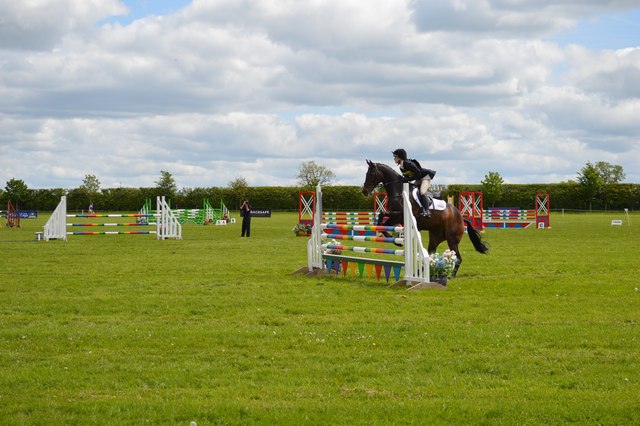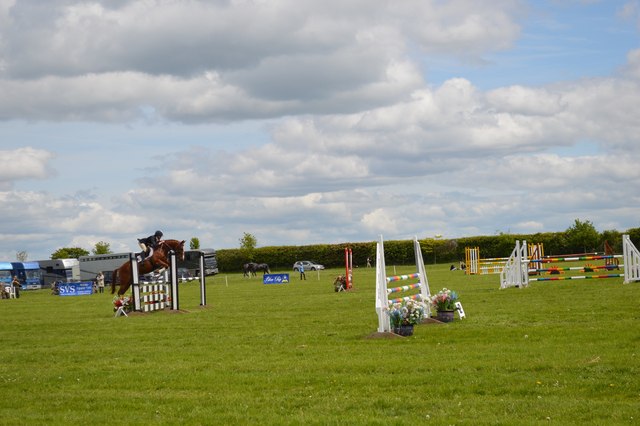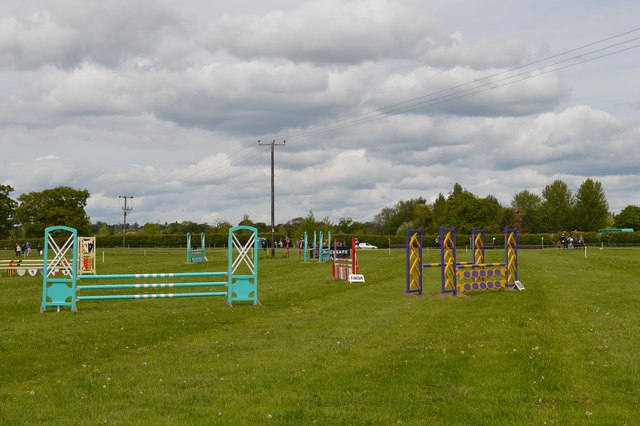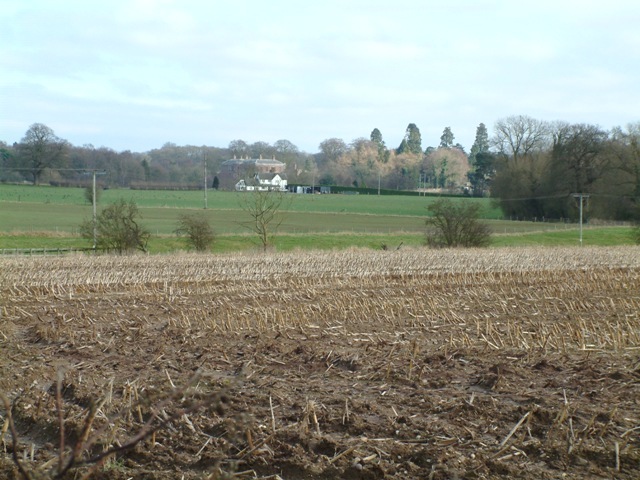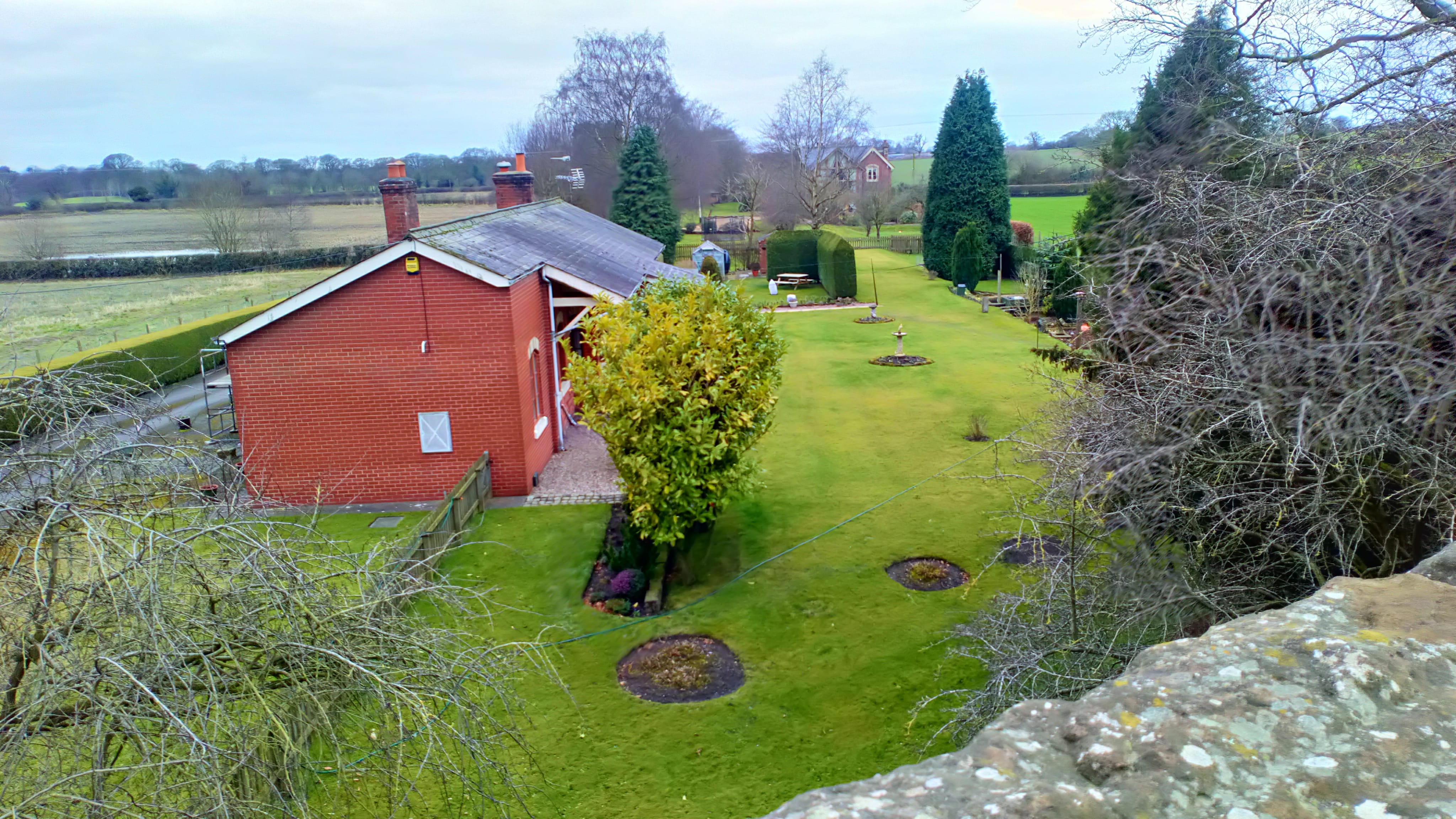Betton
Settlement in Shropshire
England
Betton

Betton is a small village located in the county of Shropshire, England. Situated approximately 4 miles south of Shrewsbury, it falls within the Shrewsbury and Atcham district. The village is nestled amidst picturesque countryside, offering a serene and rural setting.
Betton boasts a rich history, with evidence of human habitation dating back to the prehistoric era. The village is home to several historic buildings, including St. Margaret's Church, a Grade II listed structure that dates back to the 12th century. The church showcases stunning architecture and serves as a reminder of Betton's long-standing heritage.
The village itself is relatively small, with a tight-knit community of residents. It offers a peaceful and tranquil environment, making it an ideal place for those seeking a quiet lifestyle. The surrounding countryside provides ample opportunities for outdoor activities such as hiking, cycling, and nature walks.
While Betton does not have extensive amenities, it benefits from its proximity to Shrewsbury, a larger market town. Shrewsbury offers a wider range of facilities, including shopping centers, restaurants, and leisure activities.
Overall, Betton is a charming village that appeals to those seeking a slower pace of life and a closer connection to nature. Its historical significance, coupled with its peaceful ambiance, makes it an attractive destination for both residents and visitors alike.
If you have any feedback on the listing, please let us know in the comments section below.
Betton Images
Images are sourced within 2km of 52.928336/-2.459625 or Grid Reference SJ6936. Thanks to Geograph Open Source API. All images are credited.
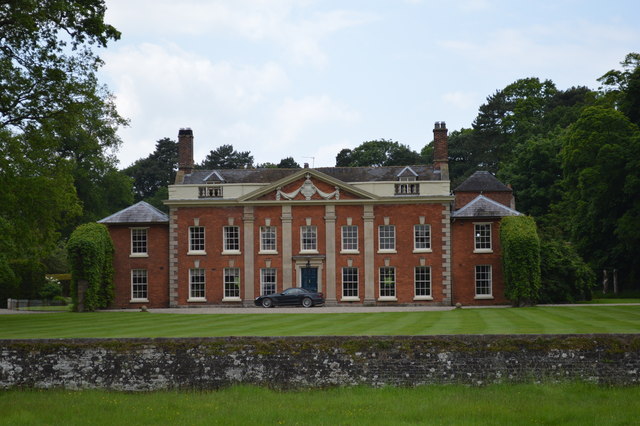
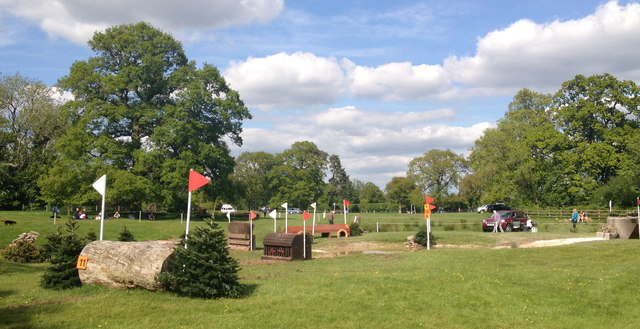
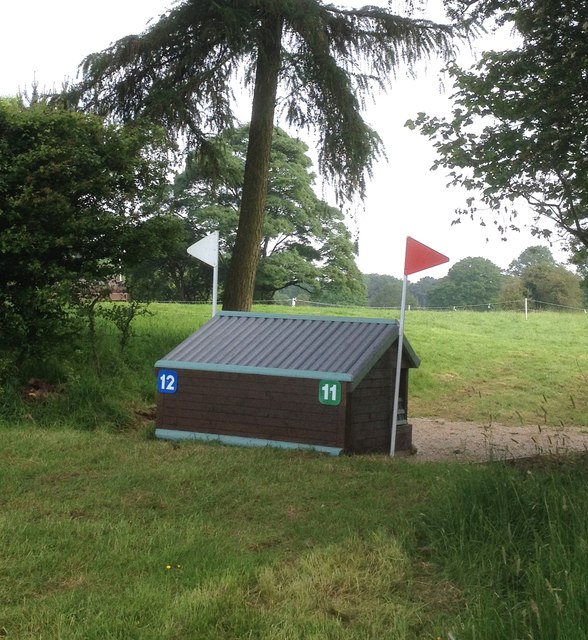
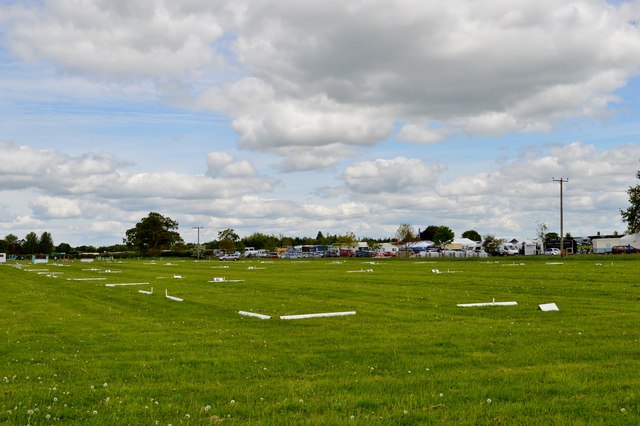
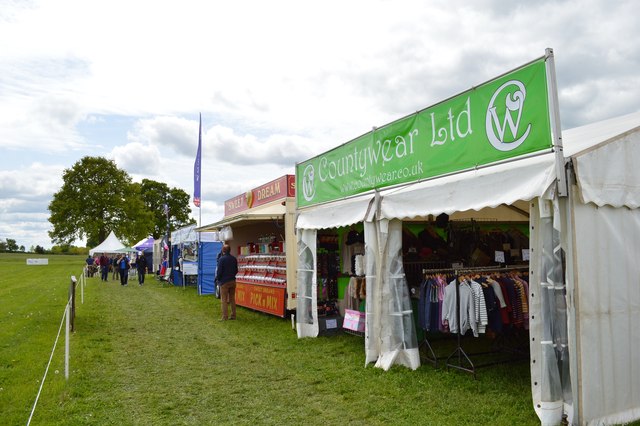
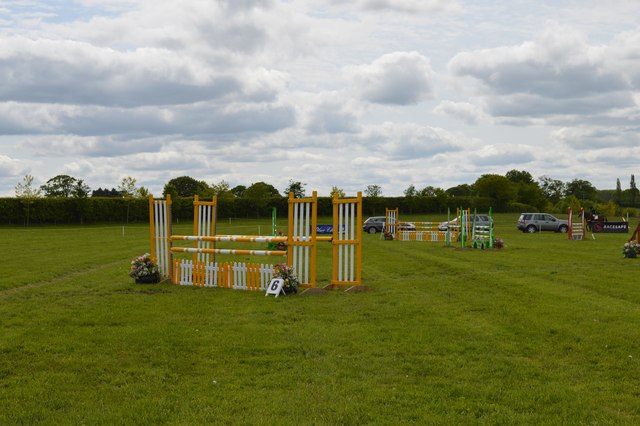
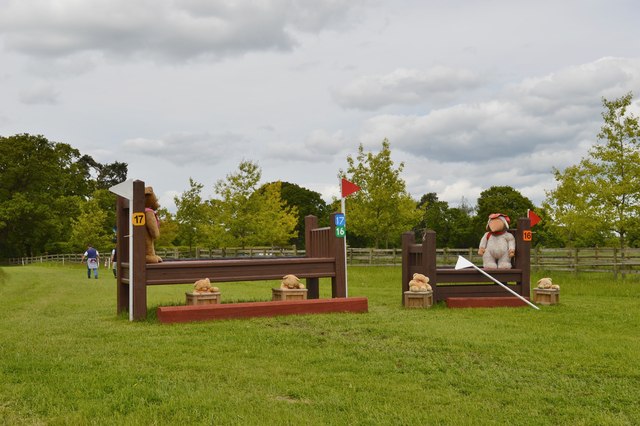
Betton is located at Grid Ref: SJ6936 (Lat: 52.928336, Lng: -2.459625)
Unitary Authority: Shropshire
Police Authority: West Mercia
What 3 Words
///tall.refills.foot. Near Market Drayton, Shropshire
Nearby Locations
Related Wikis
Betton, Shropshire
Betton is a hamlet in the civil parish of Norton in Hales, in the Shropshire district, in the county of Shropshire, England.
Oakley Hall, Staffordshire
Oakley Hall is an early 18th century 14,929 sf mansion house at Mucklestone, Staffordshire near to the Shropshire town of Market Drayton. It is a Grade...
Oakley, Staffordshire
Oakley is a hamlet in Staffordshire, England. It is within Mucklestone ward of Loggerheads Parish. Oakley Hall, a former seat of the Chetwode family, is...
Ridgwardine
Ridgwardine is a small hamlet in Shropshire in the civil parish of Norton in Hales. It is made up of Ridgwardine Manor, Upper Farm, and Manor Farm. �...
Norton in Hales
Norton in Hales is a village and parish in Shropshire, England. It lies on the A53 between the town of Market Drayton and Woore, Shropshire's most northeasterly...
Norton-in-Hales railway station
Norton-in-Hales railway station was a station on the North Staffordshire Railway between Stoke-on-Trent and Market Drayton. The station was opened in 1870...
Birmingham and Liverpool Junction Canal
The Birmingham and Liverpool Junction Canal was a canal in England which ran from Nantwich, where it joined the Chester Canal, to Autherley, where it joined...
Audley's Cross
Audley's Cross is a cross sited in Blore Heath, Staffordshire to mark the spot on which James Touchet, Lord Audley was killed at the battle of Blore Heath...
Nearby Amenities
Located within 500m of 52.928336,-2.459625Have you been to Betton?
Leave your review of Betton below (or comments, questions and feedback).

